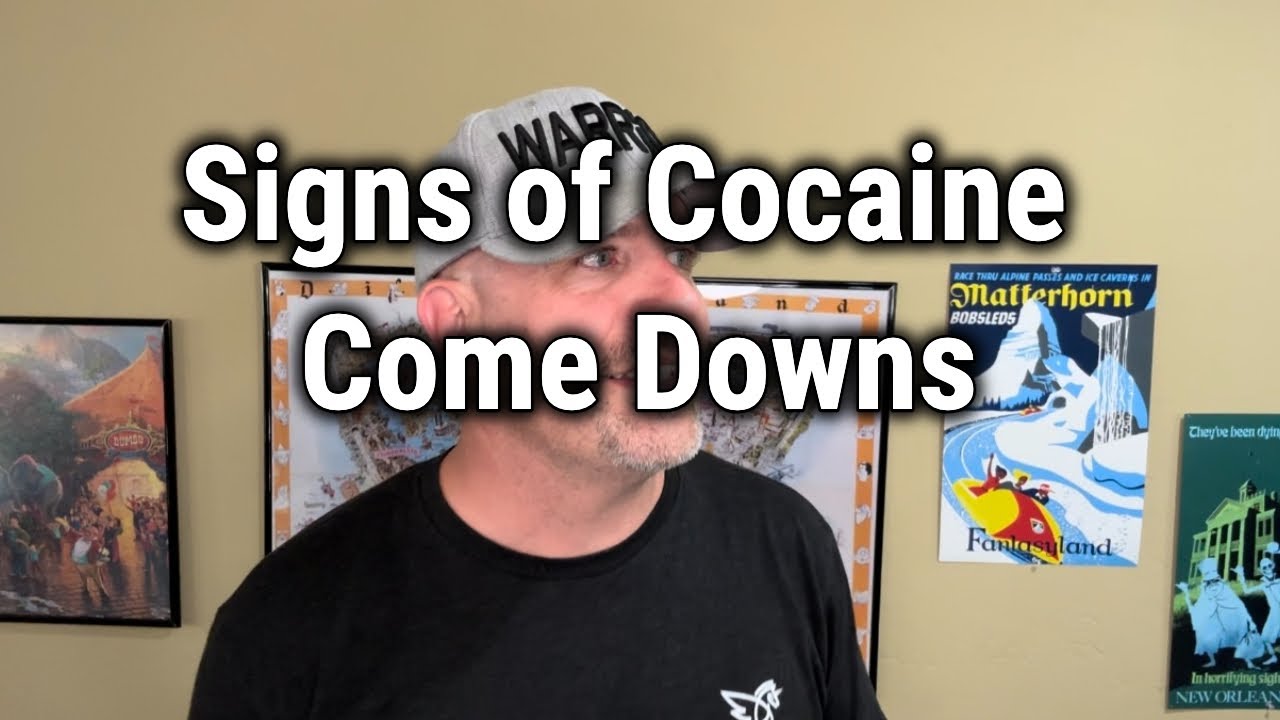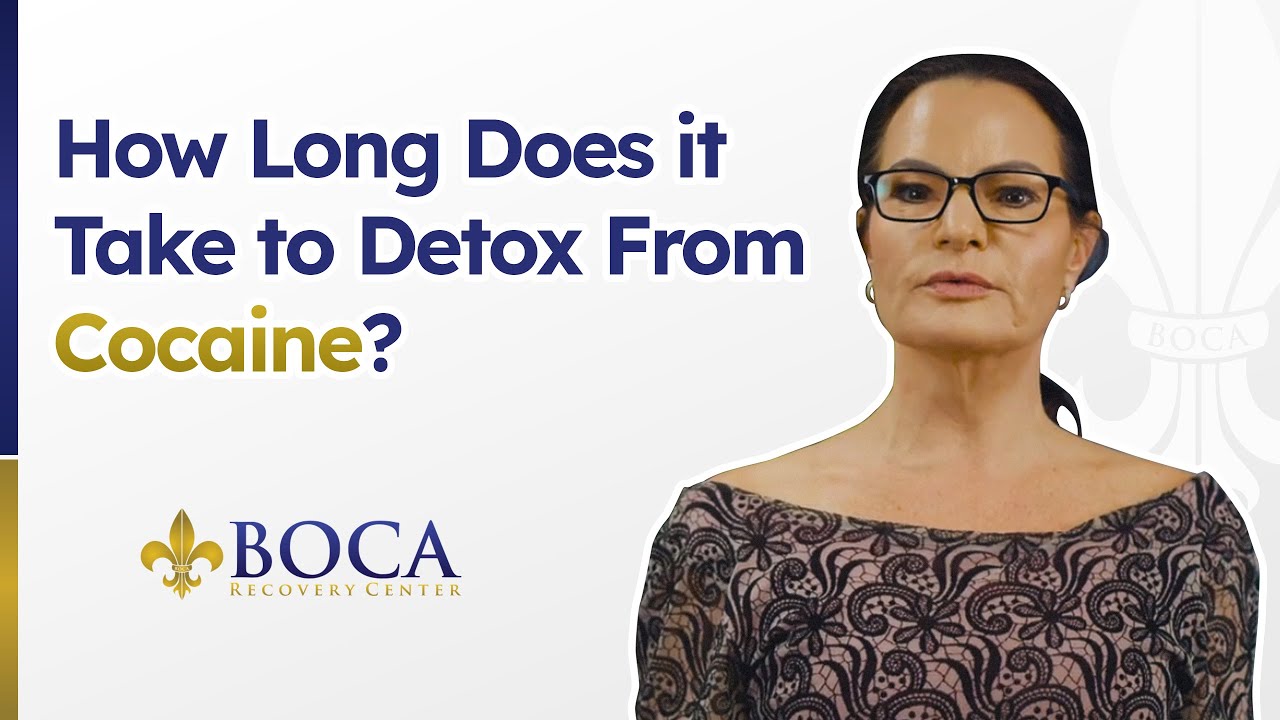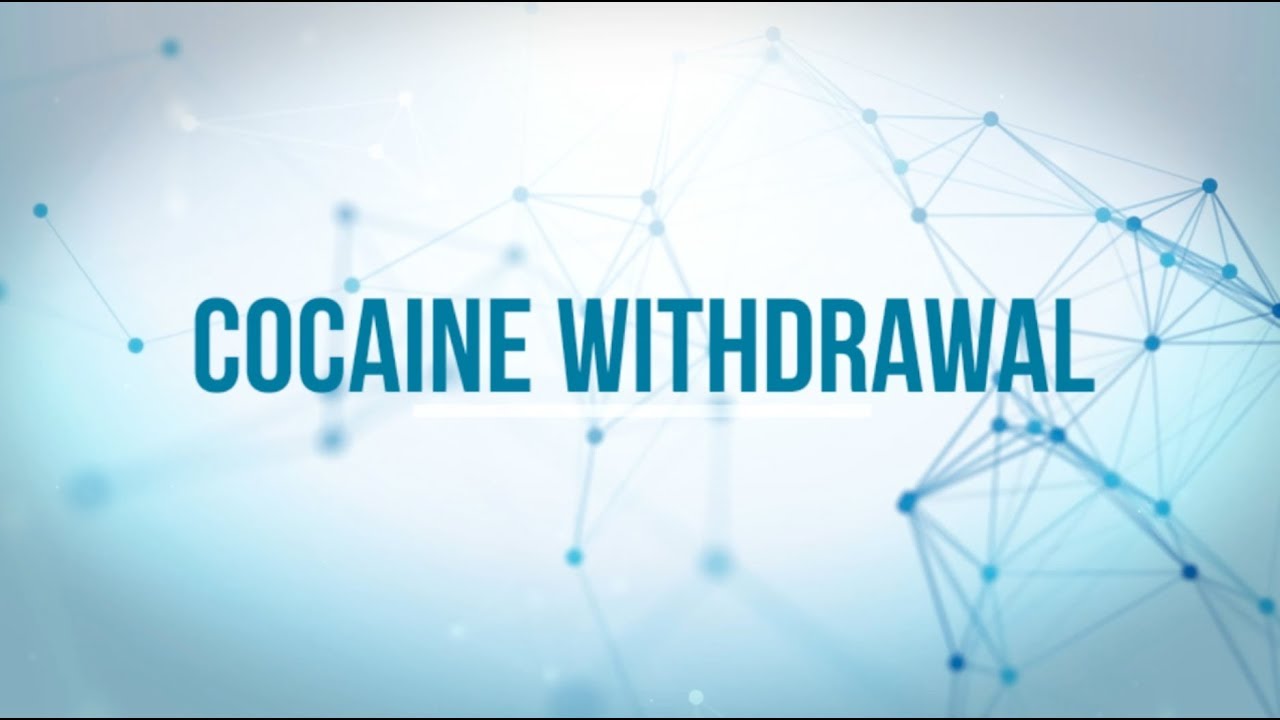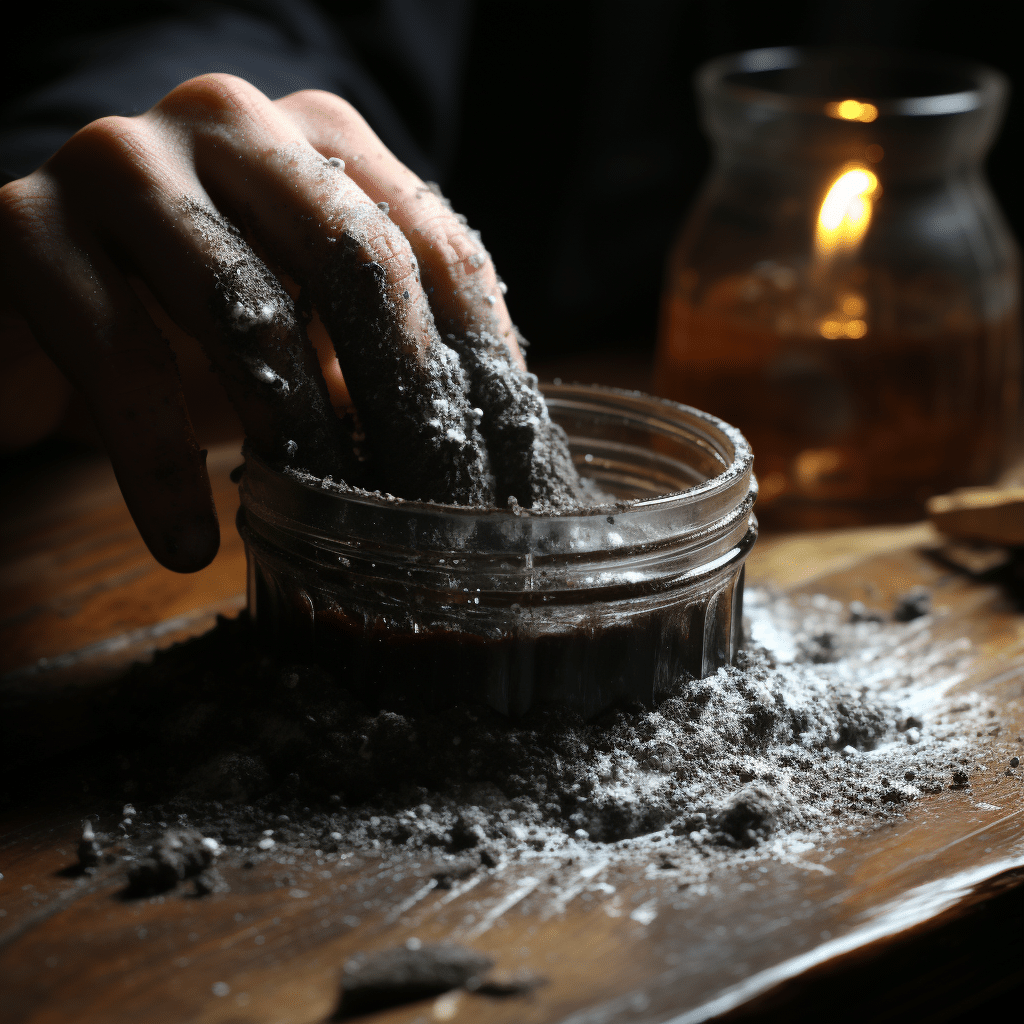In the relentless wake of addiction, nothing feels quite as jarring as the cocaine comedown: when the ephemeral high fades and reality crashes down with tenfold gravity. It may seem like a bleak trek across a desolate landscape, but there is a path through this. Understanding the specific trials that your child endures could very well be the compass that guides them to safety.

Understanding the Cocaine Comedown: Recognizing Signs and Symptoms
The thrills of cocaine’s high are often short-lived, swiftly followed by the tumultuous descent into what is colloquially known as a comedown. The once energetic euphoria fades into a shadow of anxiety, fatigue, and an overwhelming sense of downheartedness. But what signs pinpoint a cocaine comedown and how do they differ from a cocaine hangover, that stubborn guest who overstays its welcome long into the next day?
The psychological and physical impacts are taxing, holding your child in a vice of discomfort and vulnerability. Though a comedown and a hangover share symptoms of cocaine withdrawal Symptoms, they are distinct in timing and intensity. Hangovers drift in the day after use, less of a plunge and more of a slow decline.

The Immediate Aftermath: How to Come Down from Cocaine
The initial step in enduring a cocaine comedown is to introduce short-term strategies to mitigate the immediate effects. There’s no quick fix, but there are safe harbors you can guide your child toward.
The risks of self-medicating with other substances to dull the edges of a comedown can tempt even the strongest wills. Education is vital; it is a dangerous gamble that may lead to a cycle of addiction or, worse, overdose.

| Aspect | Description |
| Definition | A cocaine comedown is the period after cocaine use where the user experiences an intense crash from the euphoric high. |
| Duration | Can last from several hours to several days after the last dose. |
| Common Symptoms | – Depression and anxiety – Increased craving for cocaine – Fatigue and lethargy – Irritability and mood swings – Difficulty concentrating – General feelings of discomfort – Increased appetite – Vivid, unpleasant dreams or insomnia |
| Physical Health Risks | – Dehydration – Increased heart rate and blood pressure – Potential for seizures in high doses – Risk of overdose during binges |
| Mental Health Risks | – Paranoia – Hallucinations (in severe cases) – Long-term mood disturbances – Potential development or exacerbation of anxiety and depressive disorders |
| Addiction Potential | High – Cocaine is highly addictive and can quickly lead to physical and psychological dependence. |
| Treatment and Recovery | – Detoxification under medical supervision – Therapy (individual, group, Cognitive Behavioral Therapy) – Support groups (e.g., Narcotics Anonymous) – Possible medications to treat withdrawal symptoms or co-occurring disorders (under medical supervision) |
| Preventive Measures | – Education and awareness about the dangers of cocaine – Support for those at risk, including counseling and access to mental health resources. – Strong community and family support networks |
| Hotline for Assistance | Substance Abuse and Mental Health Services Administration (SAMHSA) Helpline: 1-800-662-HELP (4357) |
Long-Term Health Implications of Cocaine Use
The term Talbert House conjures the image of support and understanding, and their findings on cocaine’s long-term abuse reveal the grim reality beyond the temporary state of comedown. The long-term health implications of cocaine use unearth the precarious path littered with risks of heart disease, stroke, and mental health issues.
Continued cocaine use doesn’t just harm the body over time; it can exacerbate the intensity of comedowns, intensifying the blanks that need filling and the crashes that follow. Harsh reality reinforces that without intervention, these personal tremors can amplify into quakes.

The Dangers of Mixing Xanax and Cocaine
There’s a dangerous concoction that whispers false promises to those grappling with the grips of cocaine addiction: Xanax and cocaine. It’s like trying to douse a flare with gasoline. Medical experts cry foul, delineating the risks associated with using Xanax, a depressant, to manage the jittery alarms of a cocaine comedown. Why do they warn against it?
The contrarian forces of stimulants and depressants trigger chaos in the body, tipping the scales unpredictably and putting a life in jeopardy.

Beyond the Comedown: The Path to Recovery
Recovery, like a mosaic, is pieced together with patience, support, and the tailored perspectives of experts. There are individuals out there, like Kayla Nicole, who have shared their triumphs, painting pictures of hope that resonate deeply with parents and children alike caught in this storm. Their stories stand as beacons, guiding lost ships to safe ports.
Recovery isn’t a race, nor is it a solitary journey. It’s an intricate dance between the griever and the guide—an embrace through the darkest nights.
Support Systems and Resources
The journey to recovery is woven with a network of support systems designed to catch those who fall and guide them back up. Hotlines that answer the dread of night, rehab centers that open doors to new starts, community programs that rekindle the spirit of belonging—all stand in solidarity with your family’s fight.
Organizations like Talbert House carry lighthouses of hope on their backs, offering assistance to anyone willing to reach out. They understand that addiction is not just a personal fight; it’s a community’s cause.
Innovative Treatments and Therapies
As the world advances, so do the approaches to addiction treatment, with innovative therapies pushing the boundaries of what’s possible. Cutting-edge treatments, such as beyond raw creatine enhancement, offer a glimmer of modern solutions in combating the tough battles of cocaine addiction and comedown.
Exploration into the efficacy of these emerging therapies dives into the successes of unconventional methods, paving ways for breakthroughs every day. Availability and accessibility are on the rise, making these innovative options more than a dream for many grappling with addiction.
Conclusion: The Road to Restoration
Understanding the issue of cocaine comedown is just the starting line. Approaching it head-on, with not just facts but with heart and understanding, paves the road to real change. It is a call to be proactive, to garner an informed approach to recovery that can make all the difference.
To every parent who stands in the eye of this hurricane: your strength is the armor, and your love is the sword. When Cleo, the fierce hurricane, slams into the coastline, communities don’t just wait for the tempest to pass—they rebuild. When John Lennon sang about getting by with a little help from our friends, he wasn’t just whistling Dixie.
Hold on to hope, weave it like blue steel into the fabric of your actions, for the road to restoration is spread with the brave stones laid by those who walk with compassion and unwavering resolve.
Understanding the Cocaine Comedown
Cocaine, a stimulant known for its fleeting high, leaves many riding the rollercoaster of euphoria only to plunge into the abyss of a “cocaine comedown.” Well, buckle up, because navigating this phase is about as enjoyable as trying to solve a Rubik’s Cube in the dark. You see, once the party’s over, your brain feels like it’s gone through the wringer, and not in a good way; we’re talking irritability, fatigue, and sometimes even depression—truly, not the best way to kick off your week.
Now, you might be wondering, what exactly happens during a cocaine comedown? Picture your brain on a treadmill—not the leisurely walk kind, but the full-on, incline set to max kind. During use, your noggin is producing feel-good chemicals like a vending machine on overdrive, but once the effects wear off, it’s like someone unplugged the machine. Yikes! And if you’re curious about those deceptive “feel-great” moments, peep at these Symptoms Of cocaine use that are often more trouble than they’re worth.
A Peep into the Brain’s Backstage
Alright, here’s a little trivia to chew on: did you ever wonder why a cocaine comedown can make someone feel as down in the dumps as a losing sports team after a championship game? Well, it stems from the intense depletion of neurotransmitters like dopamine—think of it as your brain’s favorite currency suddenly becoming as valuable as Monopoly money.
During the high, your brain becomes the life of the party, but when the comedown hits, it’s like someone yelled “last call” at your dopamine levels. And if you’re looking to paint an even clearer picture of what’s happening when someone’s on the joyride of cocaine, check out these tell-tale symptoms of cocaine use. It’s like reading the signs on the road, warning you about the upcoming sharp bends.
When the Party Ends
Here’s an odd fact that might make your head spin: despite its notoriety for the high, no one throws a welcome party for the cocaine comedown. Imagine being all hyped up with energy and then—poof!—it vanishes faster than a magician’s rabbit. You’re left feeling as sluggish as a sloth in slow motion, desperately wanting to hit that fast-forward button to normalcy.
And while you’re sitting there, marinating in the after-effects, it’s fascinating (and a tad alarming) how the body screams for rest while your mind races with the memories of the high. These symptoms of cocaine use aren’t just a cautionary tale; they’re a real-time account of the cost of that fleeting euphoria. So, next time you’re tempted by the siren call of that powdery substance, remember: the fall from grace is steep and riddled with thorns, and not even rose-colored glasses can make it look pretty.





























